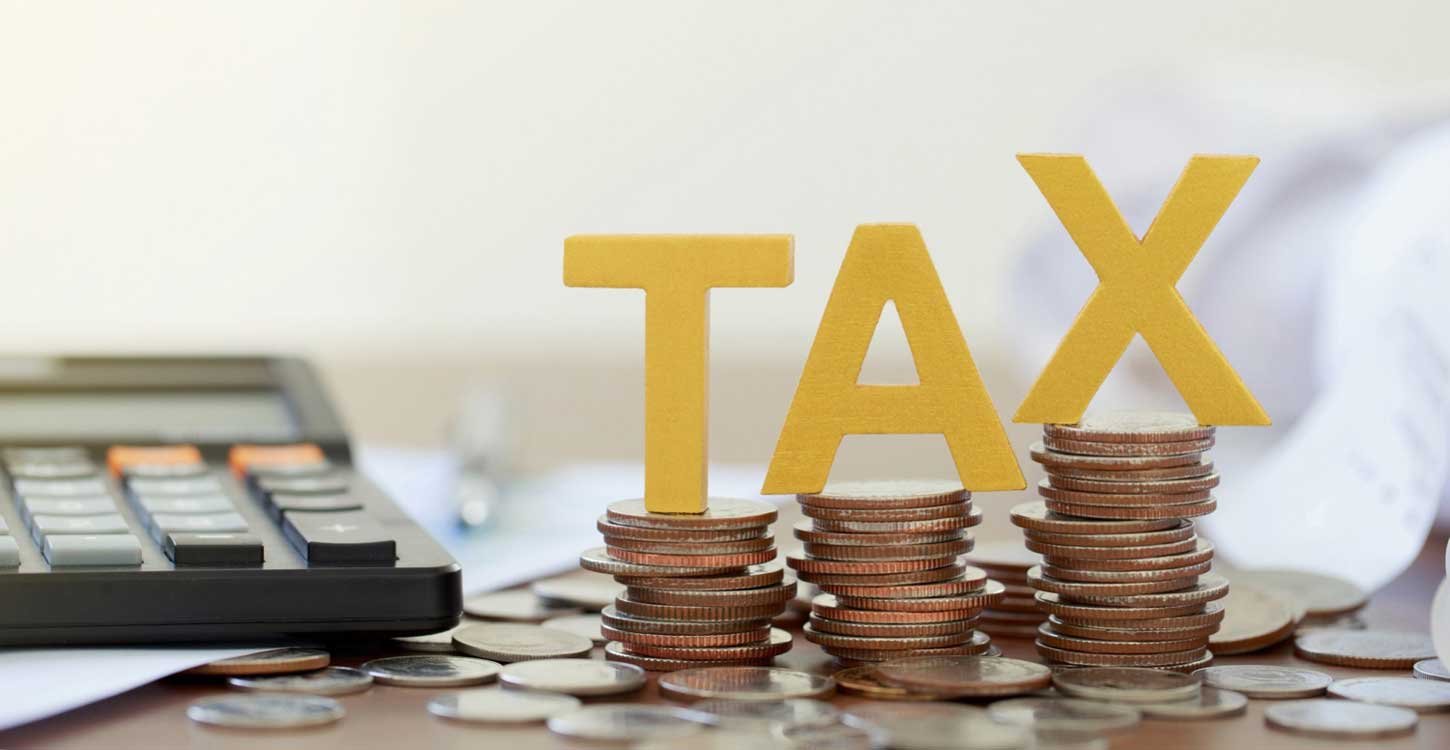Ola Adeosun, Head of Regional Wealth Planning & Family Governance at LGT Wealth Management, sets out what High Net Worth Individuals should know.
At a glance
- Make use of Individual Savings Accounts for up to £20,000.
- Make a personal pension contribution or charitable donation.
- For the 2023/24 tax year there is an inheritance tax exempt allowance of £3,000 and once utilised, the previous tax year’s allowance can also be carried forward.
- For larger income tax liability, consider investing into Enterprise Investment Schemes, Seed Enterprise Investment Schemes and Venture Capital Trust.
Tax efficient savings
Individual Savings Accounts (ISAs) serve to fully protect savings from tax, allowing individuals to invest up to £20,000 per annum each tax year in a range of savings and investments, and pay no personal tax on the income or gains on the investment.
There is also scope to utilise Junior ISAs for children under 18 with an allowance of £9,000 a year. For those aged 16 to 18, there is still scope to utilise their cash ISA allowance of £20,000, whilst still subscribing to the Junior ISA at £9,000 a year. This will no longer be possible from the 2024/25 tax year. A surviving spouse can inherit the deceased spouses’ ISA allowance without a loss of the advantageous ISA ‘wrapper’.
For those with a substantial income tax liability, there are opportunities to invest into Enterprise Investment Schemes (EIS) and Venture Capital Trust (VCTs) to benefit from a reduction in their income tax liability.
EIS investments qualify for 30% income tax relief on up to £2 million in a tax year, provided £1 million is in knowledge intensive companies, subject to maximum relief equal to the amount of your income tax liability for the tax year
EIS investments qualify for 30% income tax relief on up to £2 million in a tax year, provided £1 million is in knowledge intensive companies, subject to maximum relief equal to the amount of your income tax liability for the tax year. In addition, gains made are free of Capital Gains Tax (CGT) once the EIS investments have been held for a minimum of three years, and where income tax relief was given at the outset. EIS investments made in the current year could be carried back to mitigate income tax liability from the previous tax year. EIS investments can also be used to defer a CGT liability provided the investment is made a year before the crystallised gain or, up to three years afterwards.
Similar to EIS investments, investments into VCTs can benefit from a 30% reduction in income tax liability subject to the annual tax year limit of £200,000 into VCTs. Dividends from VCT investments are free from income tax and you will not incur a CGT liability on disposal of the VCT investment.
Income Tax Bands
The tax-free personal allowance is currently £12,570. In addition, individuals with other income which do not exceed the personal allowance may benefit from the starting rate savings allowance of up to £5,000. This is completely removed once income from other sources exceeds £17,570.
In addition, basic rate taxpayers have a personal savings allowance of £1,000 reducing to £500 for higher rate taxpayers.
The dividends allowance currently stands at £1,000. However, this is set to reduce to £500 starting from the 2024/25 tax year.
The basic rate tax (20%) band is £37,700 which, when added to the personal allowance, means income in excess of £50,270 is subject to higher rate tax (40%).
Additional rate tax is payable at a rate of 45% once income is in excess of £125,140.
The 60% Tax Trap
However, the personal allowance is reduced by £1 for every £2 of income over £100,000. This means income between £100,001 and £125,140 is effectively subject to a combined rate of income and national insurance rate of 66% for employees and 62% for the self-employed.
Personal pension contributions and charitable donations are effective strategies in reducing taxable income for those who fall into this bracket.
Personal pension contributions and
charitable donations are effective strategies in reducing taxable income for those who fall into this bracket
Also, where an employer is supportive, the use of salary sacrifice at this range of earnings would be highly effective as a means of paying into your pension, with the added benefit of saving on both employer and employee national insurance.

Top Tip

Lee Goggin
Co-Founder
Capital Gains
The capital gains allowances for the current tax year is £6,000 for individuals reducing to £3,000 in the 2024/25 tax year. Where individuals have assets embedded with gains, it is worthwhile assessing if a disposal in the current tax year is appropriate. CGT rates are currently 10% at basic rate and 20% at the higher rate. There is an additional surcharge of 8% applicable where the asset being disposed of is residential property (not your main home). CGT liability on disposal of a residential property needs to be paid and reported to HMRC within 60 days of the disposal.
The transfer of assets between spouses can be done on a no gains no loss basis. So, it is always worthwhile for married couples to review each other’s respective tax position to determine who is best to hold and subsequently dispose of assets embedded with gains. Investment losses carried forward from previous tax years can be used in offsetting crystallised gains in the current tax year.
For entrepreneurs disposing of assets in a personal company, business asset disposal relief (BADR) provides a lifetime allowance of £1 million.
There are a number of qualifying conditions, so tax advice is essential, however, where the relief applies the CGT rate applicable is 10%. Shares acquired via an Enterprise Management Incentive (EMI) can also qualify without the need to hold 5% of the value of the company.
The transfer of assets between spouses can be done on a no gains no loss basis. So, it is always worthwhile for married couples to review each other’s respective tax position to determine who is best to hold and subsequently dispose of assets embedded with gains
A relatively less well-known relief is Investors Relief, where the conditions are met, it enables the disposal of ordinary shares subscribed for in an unquoted trading company to be liable to 10% CGT up to a lifetime allowance of £10 million.
Loss relief enables losses on unquoted shares subscribed in qualifying trading companies to relieve income tax, instead of CGT. The loss can be carried back to the previous tax year to set off against income tax. However, only losses of up to £50,000 (or 25% of your income if higher) can be relieved in this way. Loss relief is also available for losses from Enterprise Investment Schemes and, Seed Enterprise Investment Schemes (SEIS).
Losses on unquoted shares subscribed in qualifying trading companies can relieve Income Tax, instead of CGT.
Pensions
The pension annual allowance now stands at £60,000 gross following the changes introduced in the March 2023 spring budget.
Also, individuals with existing transition protections, such as fixed protection arrangements (2012, 2014 or 2016), which was applied for prior to 15 March 2023, are now able to recommence pension contributions without a loss of their transitional protection arrangement. Whether or not contributions should be made however, would be dependent on personal circumstances, so it is essential that advice is sought.
In any case, a new pension regime is set to be introduced from April 2024 onwards.
For those who have not maximised contributions historically, the ability to still make use of carry forward allowances remains. Once the current tax year’s allowance has been maximised, you are able to carry forward unused allowances as far back as three tax years with tax relief applied in the tax year you make the contributions
How the changes impact on existing transitional arrangements and, on individual pension planning needs going forward requires advice, taking into account individual circumstances.
There is still a tapering of the annual allowance once income exceeds £260,000. The annual allowance is removed at a rate of £1 for every £2 of income above £260,000. Once total income exceeds £360,000, the annual allowance would be £10,000 gross.
For those who have not maximised contributions historically, the ability to still make use of carry forward allowances remains. Once the current tax year’s allowance has been maximised, you are able to carry forward unused allowances as far back as three tax years with tax relief applied in the tax year you make the contributions.
Dependent on individual circumstances, there might be scope to contribute up to £180,000 into pensions in the current tax year inclusive if unused carry forward allowance from previous years.
Inheritance Tax
The Inheritance Tax (IHT) nil rate band remains frozen at £325,000 per individual until April 2028. It has been at the current threshold since the 2010/11 tax year. Surviving spouses are able to make use of their deceased spouse’s unused allowances meaning exemption from IHT up to £650,000 for married couples.
The residence nil rate band (RNRB) is available where the main residence is left to a linear descendant. The allowance is currently £175,000 per individual, meaning a married couple could potentially benefit from a RNRB of £350,000.
When combined with the IHT nil rate band, it means potentially £1 million of the estate being exempt from IHT. The RNRB is tapered once total assets exceed £2 million at a rate of £1 for every £2 the estate is in excess of £2 million.
The residence nil rate band (RNRB) is available where the main residence is left to a linear descendant. The allowance is currently £175,000 per individual, meaning a married couple could potentially benefit from a RNRB of £350,000
The annual IHT gifting exemption of £3,000 remains available. Once the current year’s allowance has been maximised, individuals are able to make use of any unused allowance from the previous tax year meaning up to £6,000 could potentially be gifted and be immediately exempt from IHT.
For those with disposable income, the use of the gift out of surplus income exemption could also be explored. Provided the gifts are from excess income, regular and do not adversely impact on the donor’s living standards, the gifts will be immediately exempt from IHT.
Important information
The investment strategy and financial planning explanations of this piece are for informational purposes only, may represent only one view, and are not intended in any way as financial or investment advice. Any comment on specific securities should not be interpreted as investment research or advice, solicitation or recommendations to buy or sell a particular security.
We always advise consultation with a professional before making any investment and financial planning decisions.
Always remember that investing involves risk and the value of investments may fall as well as rise. Past performance should not be seen as a guarantee of future returns.




